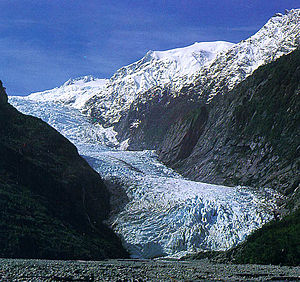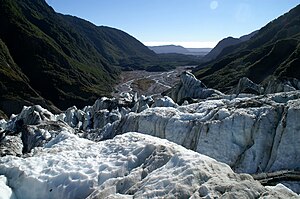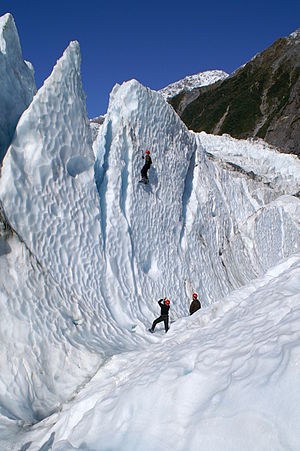South Island Kokako - Not extinct after all. Very much alive. Just waiting for some scientific proof about its existence...
South Island kokako - the grey ghost is very much alive...

South Island Kokako. Callaeas cinereus. From the series: Extinct Birds of New Zealand., 2003, Masterton. Martinson, Paul. Purchased 2006. © Te Papa.
The South Island kokako was (or is!) similar to the living North Island kokako, differing mainly in having orange facial wattles (blue in the North Island kokako). Both belong to the endemic family Callaeidae, along with the North Island and South Island saddlebacks (tieke), and the extinct huia.
South Island kokako occurred in forests throughout the South Island, including Stewart Island and Stephens Island. Formerly widespread and common, they declined rapidly following the introduction of ship rats, stoats and other mammalian predators, and were very rare by the early 1900s. The last generally accepted sighting was in Mount Aspiring National Park in 1967, but unconfirmed sightings continue to be reported as recently as 2007.
South Island kokako are represented in the Te Papa collection by 23 skins and mounted birds, one skull, one egg and one nest.
http://www.greyghost.org.nz/
http://collections.tepapa.govt.nz/theme.aspx?irn=2804
http://petesplace.blogtown.co.nz/2013/11/27/reefton-sighting-sparks-hope-that-the-supposed-extinct-south-island-kokaho-is-very-much-alive/
http://www.greyghost.org.nz/
http://collections.tepapa.govt.nz/theme.aspx?irn=2804
http://petesplace.blogtown.co.nz/2013/11/27/reefton-sighting-sparks-hope-that-the-supposed-extinct-south-island-kokaho-is-very-much-alive/






















































